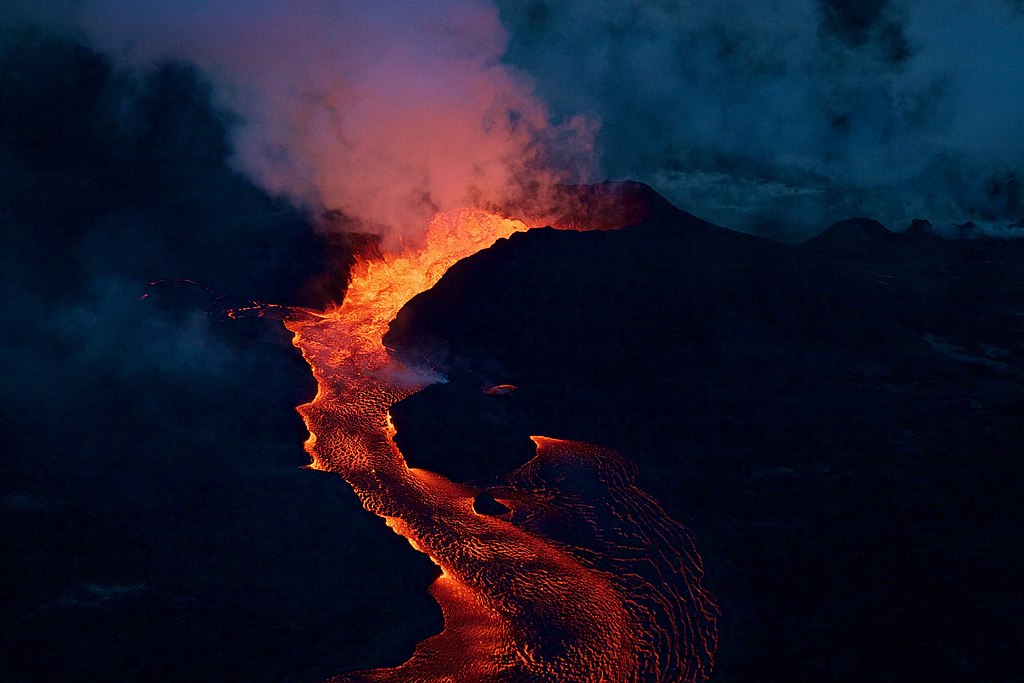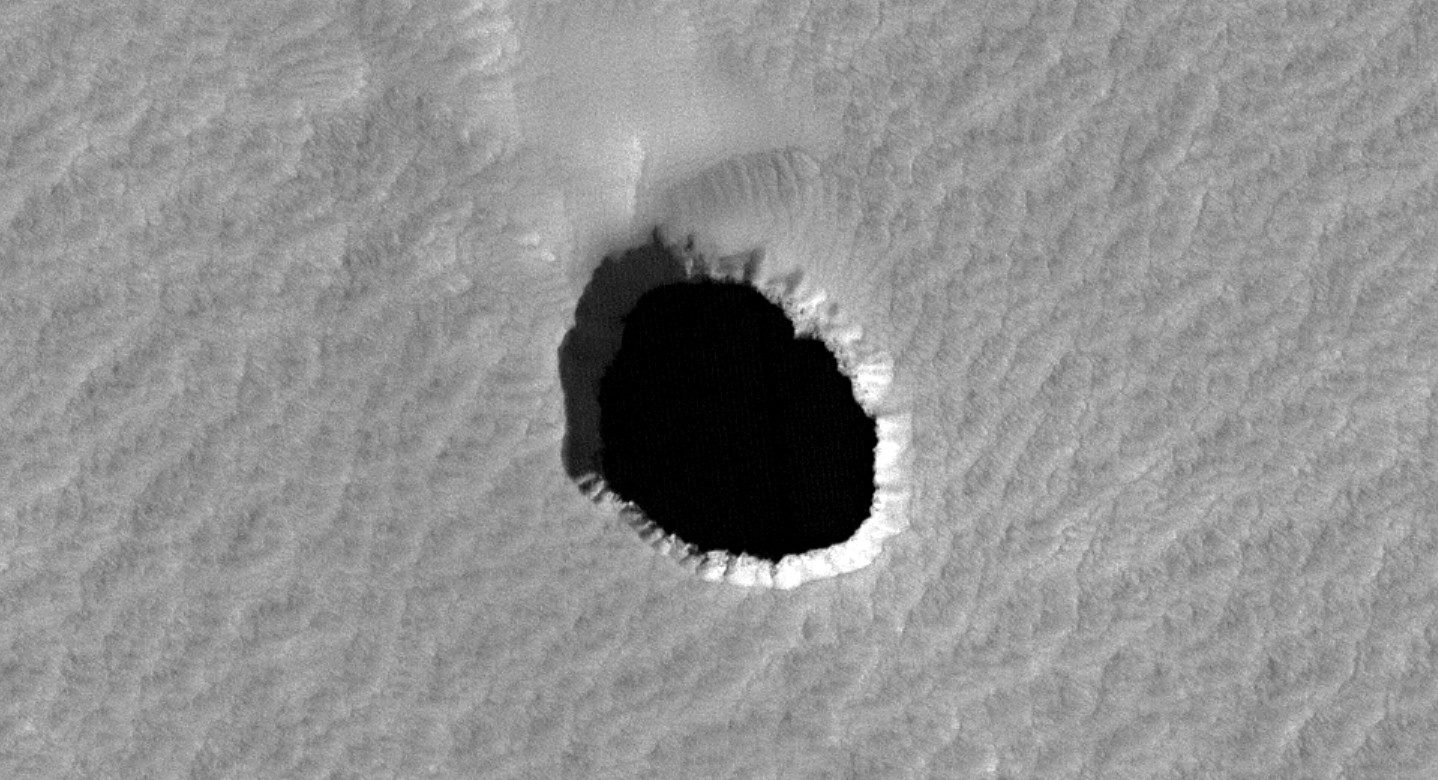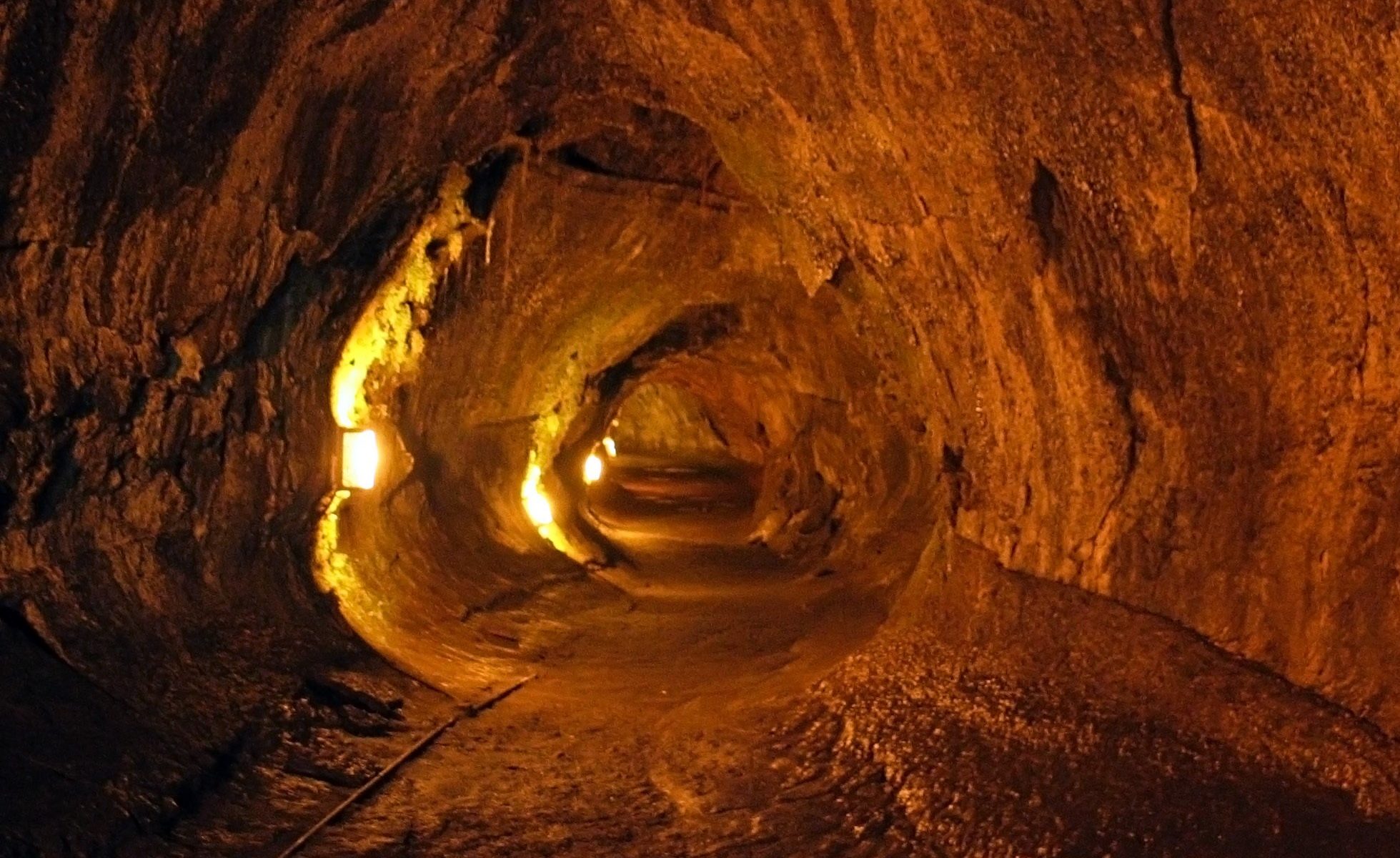Featured image: A fissure cone of Kīlauea (Hawaii) erupting during the 2018 eruptive episode. via Wikimedia commons (Public domain)
Paper: Role of volatiles in highly explosive basaltic eruptions.
Authors: Giuseppe La Spina, Fabio Arzilli, Mike R. Burton, Margherita Polacci, Amanda B. Clarke
When we think of Hawaii or Iceland, the first thing that comes to mind is volcanoes. Lava fountains spew out basaltic lava, which silently meanders its way to the ocean. The notion that basaltic eruptions are always less explosive compared to other types like rhyolitic and andesitic eruptions is not entirely true. For example, Mount Etna in Italy has produced highly explosive basaltic eruptions such as the 122 BCE Plinian Eruption and another in 1669. Because highly explosive basaltic eruptions are not very common, they’re not fully understood leaving scientists wondering “What could be the reason behind this erratic behaviour?”
Continue reading “Understanding highly explosive basaltic eruptions using simulations”


